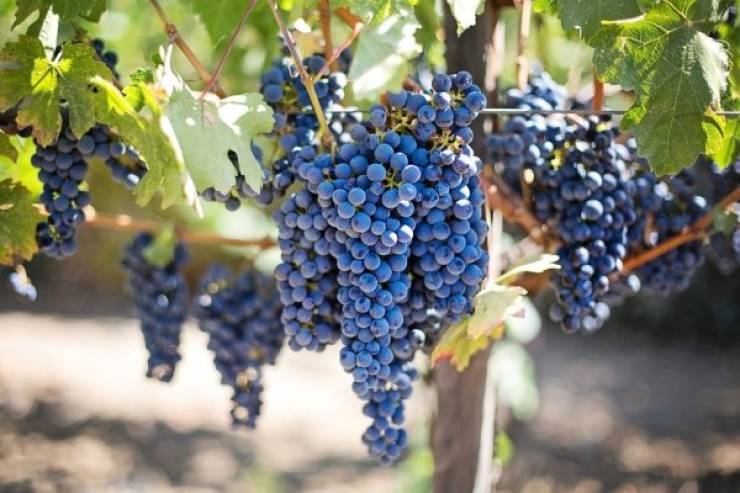
It takes one cluster of grapes to make one glass of wine. A cluster is anywhere from 75-100 grapes.
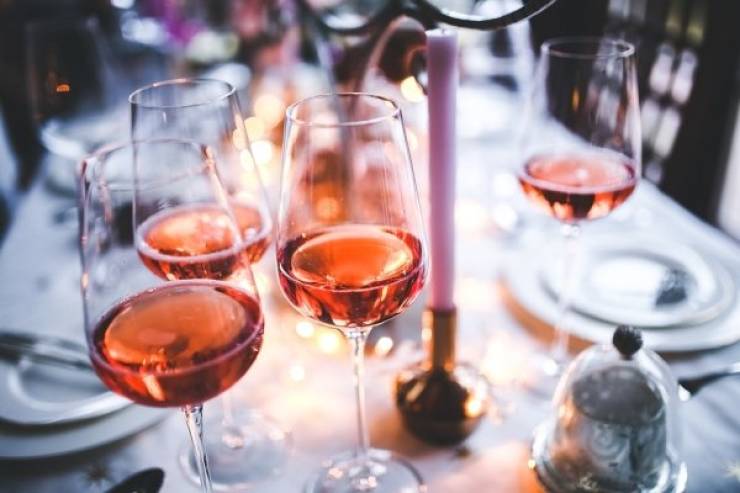
Red and Rosé wines receive their color from contact with grape skins.
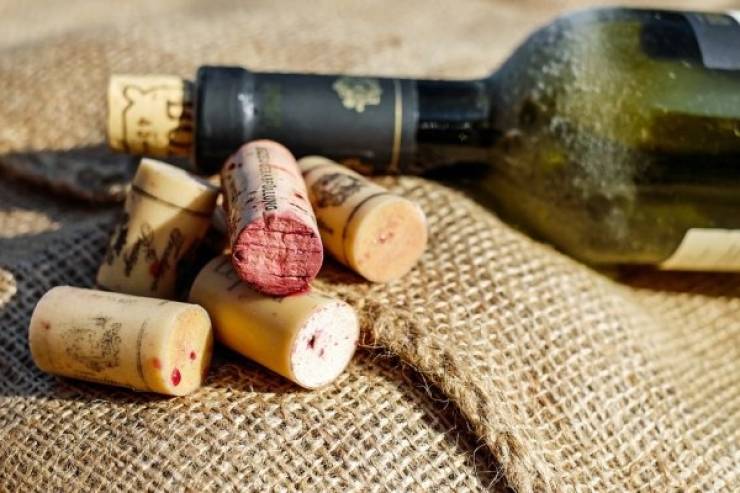
The world’s oldest bottle of wine is over 1600 years old and is on display in a German museum. It was buried around 350 CE and found again in 1867.
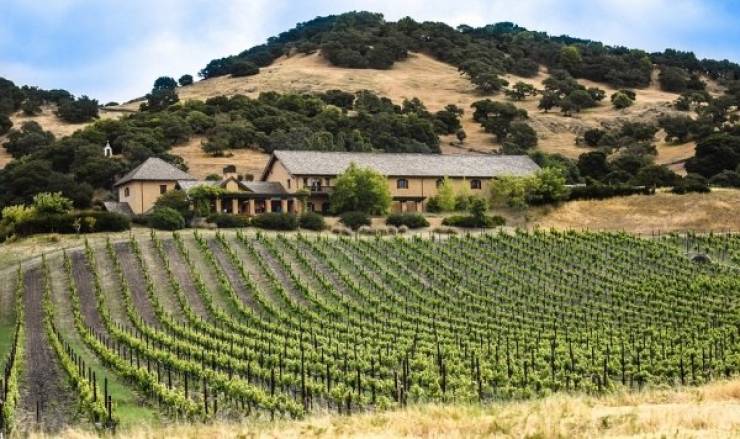
If California was its own country, it would be the fourth largest producer of wine after France, Italy, and Spain.
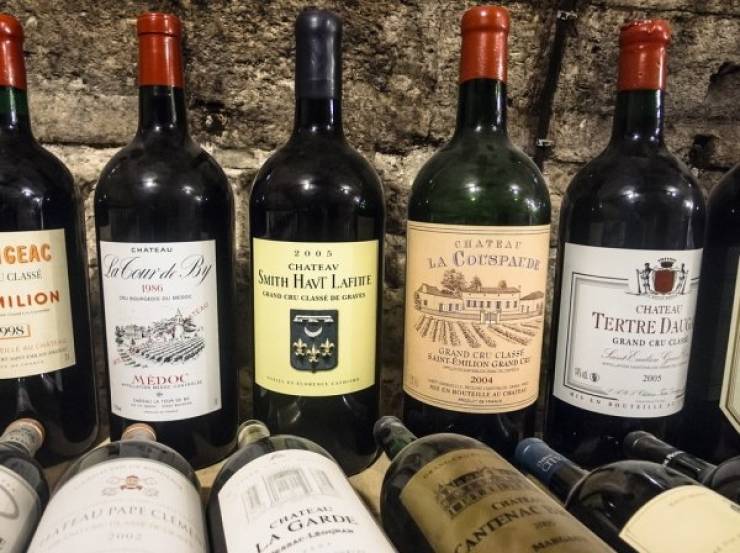
One grape vine produces approximately 10 bottles of wine.
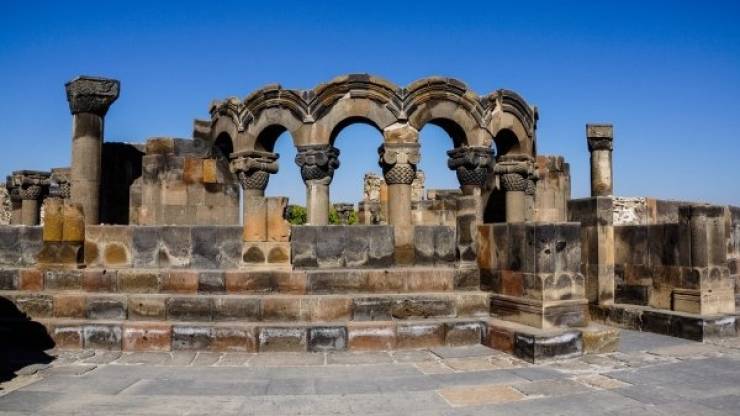
Armenia is considered the ‘birthplace of wine’ because this is where archaeologists discovered the oldest wine making facility. The sites date back between 8000 B.C. and 4100 B.C.
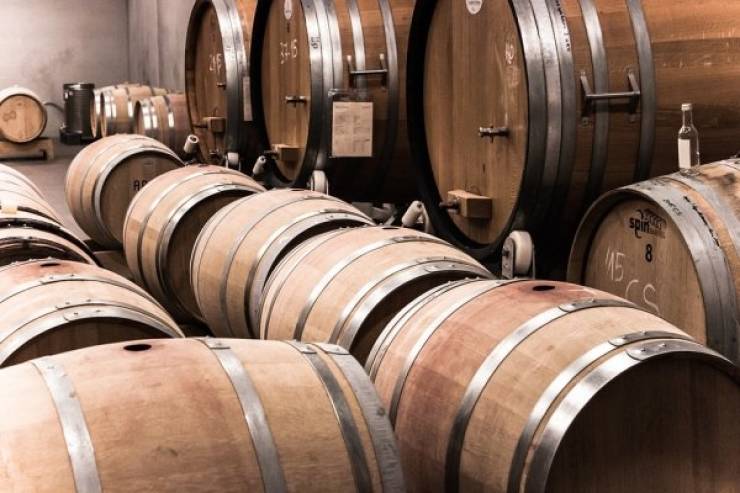
French Oak trees are used to make wine barrels, and are usually 170 year old at the time of harvest.
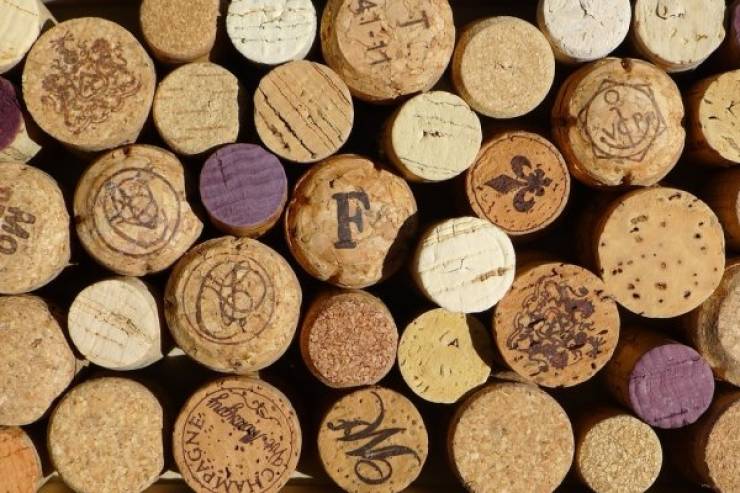
Due to the natural chemical balance of grapes, no additional sugars, acids, or nutrients need to be added during the fermentation process.

Syrah and Shiraz wines come from the same grape. Typically, Syrah is made from a cooler climate and Shiraz is made in a warmer climate, but can be called whichever the winery chooses.

White wine gets darker with age while red wine gets lighter with age.
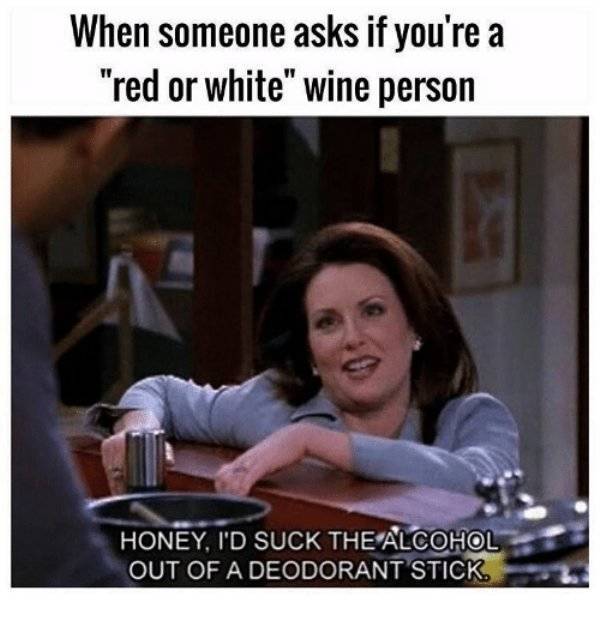
Red wine is produced from only red grapes, while white wine can be produced from both red and white grapes.
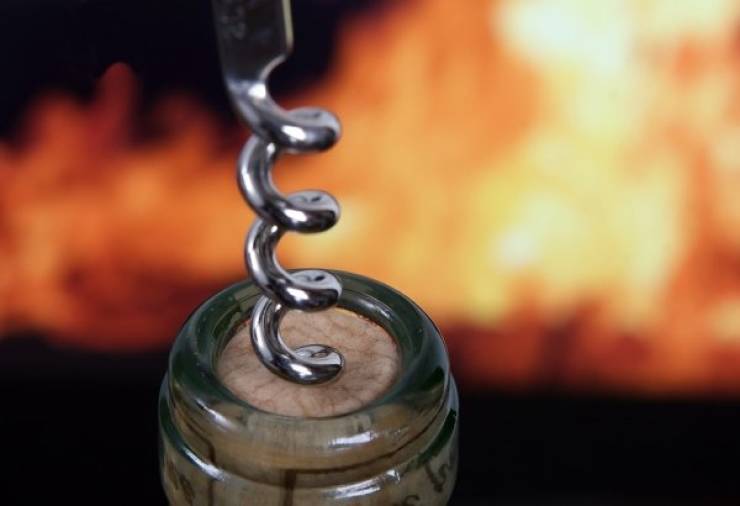
The first corkscrew was invented in the mid-1800’s.
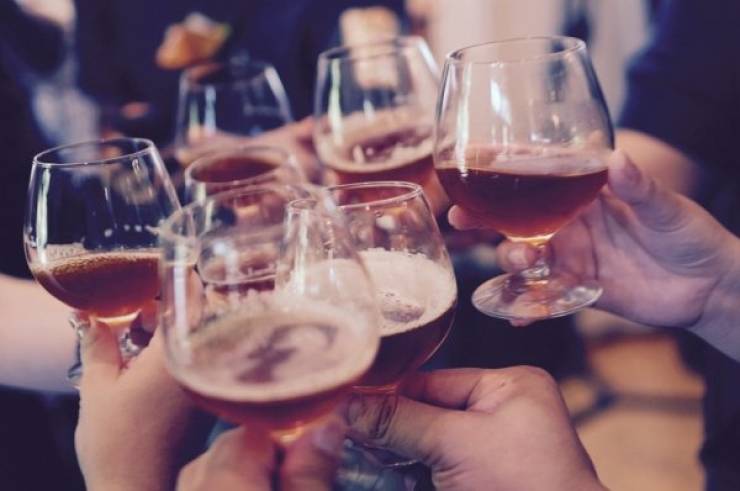
The custom of bumping glasses and saying ‘cheers’ comes from an ancient Roman tradition used to ensure drinks weren’t poisoned.
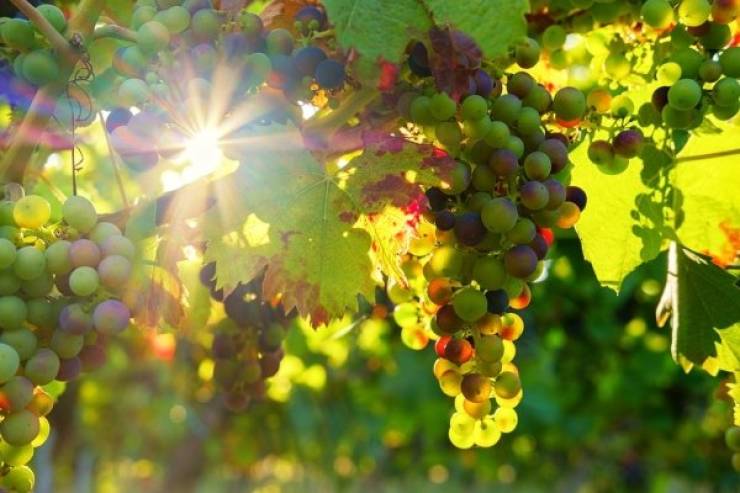
10,000 varieties of wine grapes exist worldwide.
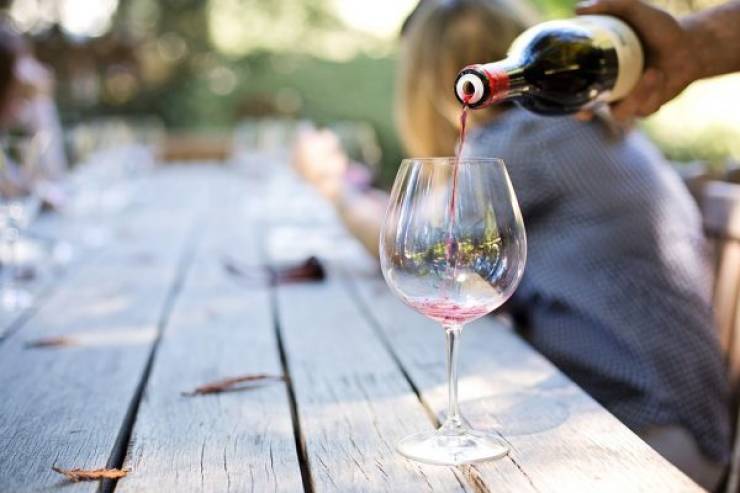
Oenophobia is the intense fear or hatred of wine.
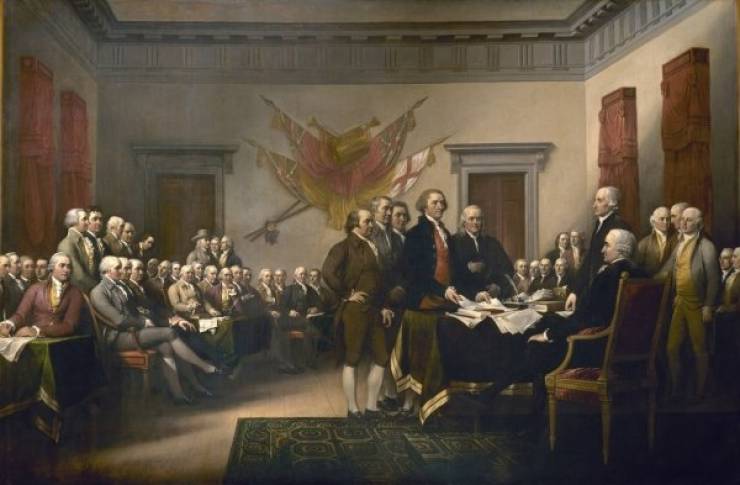
The signing of the Declaration Of Independence was toasted with glasses of Madeira wine.
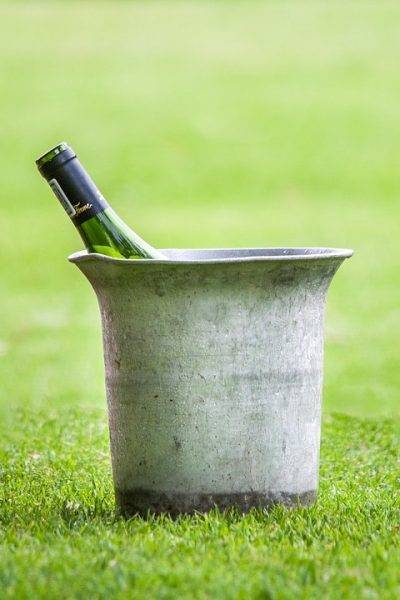
Adding salt to a bucket of ice will chill white wine faster.
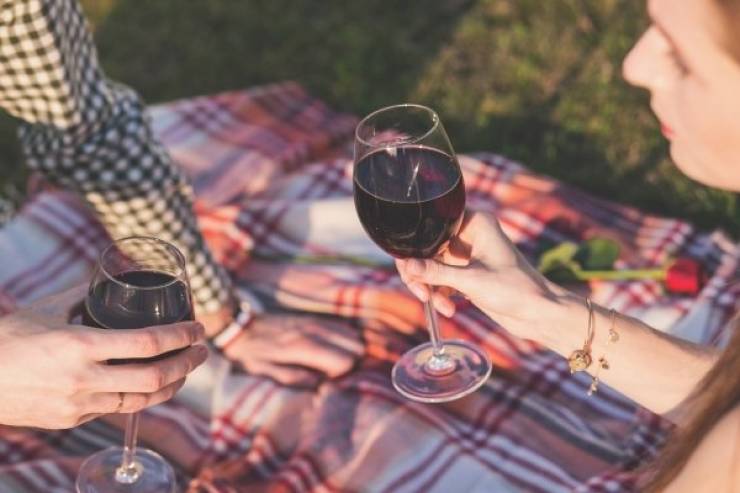
Kalimotxo is a drink made by mixing red wine and Coke together. It’s popular in Spain.
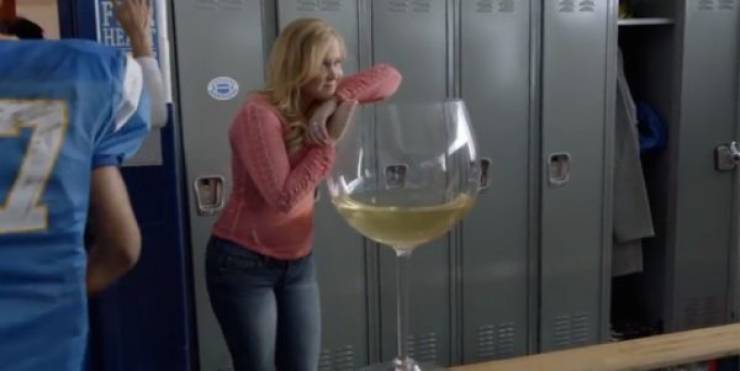
According to a study by Cornell University’s Food and Brand Lab, wine drinkers will typically pour 9% more into a glass when it’s white wine rather than red.
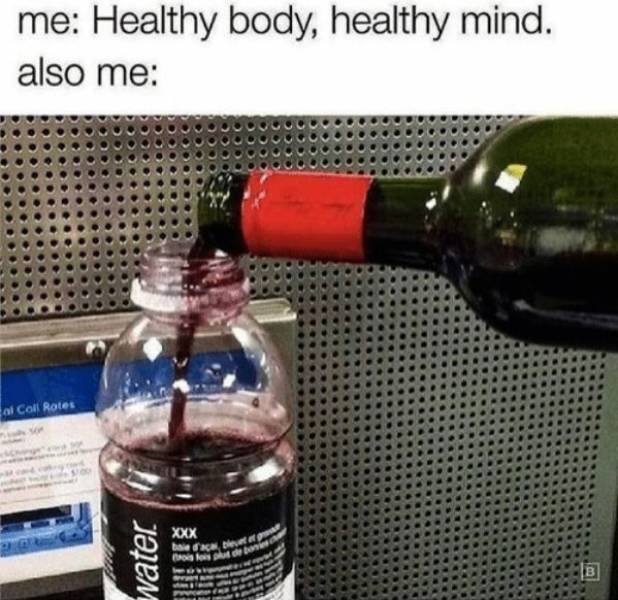
The antioxidants in red wine can help prevent heart disease.
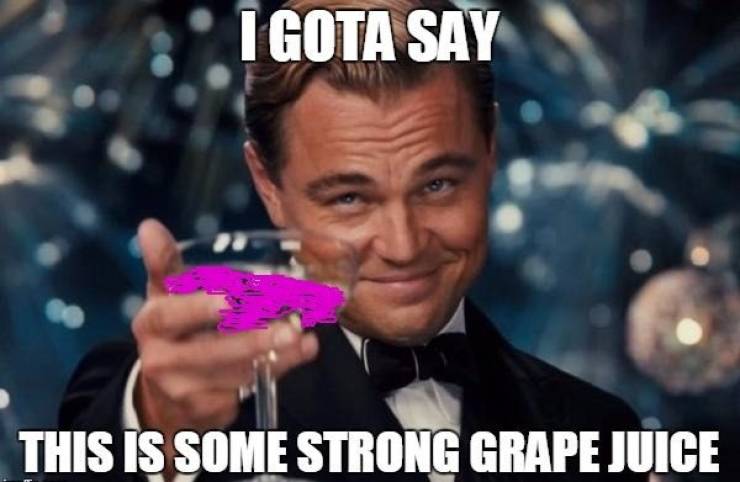
During the prohibition, grape juice mix was sold with the warning, “After dissolving the brick in a gallon of water, do not place the liquid in a jug away in the cupboard for twenty days, because then it would turn into wine.”
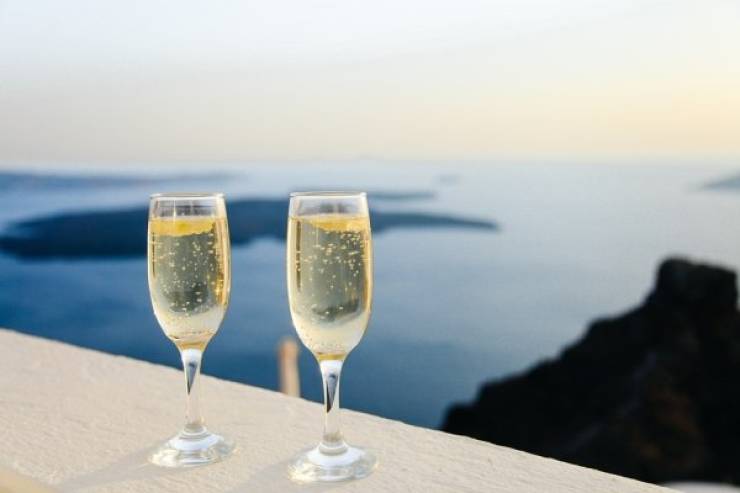
You can only call sparkling wine ‘Champagne’ if it is made in the region of Champagne, France. Otherwise it’s just sparkling wine.

The five steps of tasting wine are sight, swirl, smell, sip, and savor.
 Barnorama All Fun In The Barn
Barnorama All Fun In The Barn